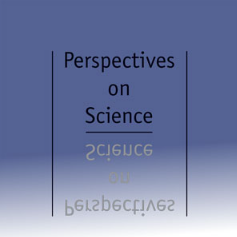
Autores:
María Belén Albornoz y Javier Jiménez
Abstract:
In a range of peace process scenarios, the expert’s knowledge has become a fundamental tool for generating information systems as a mechanism for the storage and circulation of data. These information artifacts are supposed to faithfully document situations of human rights violations and contribute to the design of public policy and the construction of collective memory. Following Latour’s (1993) original coinage of the term coproduction, this paper analyzes how the Inter-Institutional System of Information for Justice and Peace (SIIJYP)1 was designed to define victims of war and means of repara- tion from the State in Colombia. From an actor network theory perspective, we explain how victimizers become the main beneficiaries of the application of the SIIJYP. To comprehend this unintended social impact of the technological artifact and how it becomes an artifact that functions as an aseptic mediator of the historical-judicial truth, and the policy of transitional justice, we examine the relations between human and nonhuman actors, how information is collected, organized, hierarchized, and negotiated, as well as the conse- quences of the technical and legal construction of the notion of victims of war.
